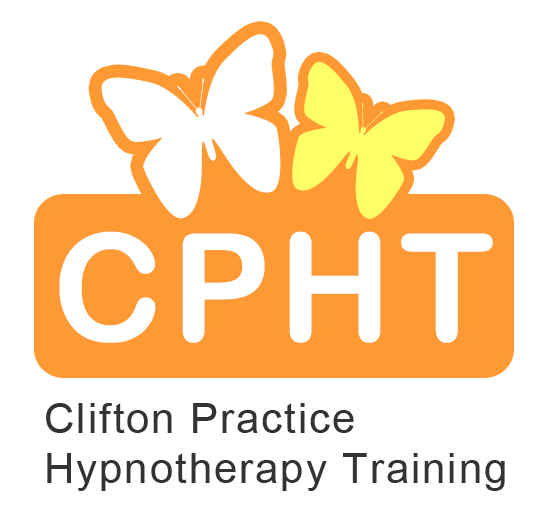Our Incredible Brain Part 2
Our brain is a wondrous and complex tool that helps us navigate and process the world around us. Last month, I wrote about a few ways that we all benefit from our brain’s behind-the-scenes workings. But what of the brain’s potential? There is a belief that has been perpetuated since the beginning of the 20th century that we only use 10% of our brain. Is there any truth to it?
So, where did this 10% estimate come from? The origins can be traced back to psychologist William James who suggested, in 1908, that the average person rarely achieves their full potential. The actual quote was, “…we are making use of only a small part of our possible mental and physical resources.” For some reason, in and around this timeframe, the media falsely interpreted this as 10% of our full faculties. The 1929 edition of the World Almanac stated, “There is no limit to what the human brain can accomplish. Scientists and psychologists tell us we only use about 10% of our brain power.” More notably, reporter Lowell Thomas attributed the 10% quote to James in his preface to Dale Carnegie’s book, How to Win Friends and Influence People (1936). As James had never actually mentioned 10%, the figure seems to have taken on a life of its own and remains a perpetuated falsity.
Perhaps the thought that we are capable, and have the potential, to be so much more is what makes the 10% notion so appealing…and lasting. Research has since proved and demonstrated, unfailingly, that we in fact make full use of our entire brain. There is no area of the human brain that is dormant and waiting to be prodded awake. No area that is unused. No area that remains undiscovered. Dr. James Henly, a neurologist at the Mayo Clinic in Minnesota, was quoted in Scientific American magazine, “Evidence would show over a day you use 100% of the brain.”
Functional Magnetic Resonance Imaging (fMRI) scans the brain and shows us real-time functional activity. Pain, for example, is so important to our survival, that most of the brain lights up with activity when experiencing pain. fMRI scans confirm this. Even when we are asleep, dreaming activates much of the brain. It also stands to reason that over millennia, evolution would have done away with any unused areas of the brain, especially as our grey matter uses up so much of our body’s energy. There is a neural pruning process that happens in babies and again in adolescence, leaving only what is required and shaping the most efficient system for our needs.
The cingulate gyrus. The thalamus. The anterior cingulate cortex. The hypothalamus, pineal gland, prefrontal cortex. The anatomy of the brain has been mapped, labelled, studied and catalogued. In terms of physiognomy, there’s nothing left to discover. Science interprets the 10% theory as the physical functioning of the brain. Therefore, 10% is deemed erroneous. If science cannot measure, weigh or reproduce the phenomenon in a lab, it is not recognised. But what if the brain’s physiological performance and its potential are two different things? How much more are we actually capable of? There are many examples of telepathy, psychic abilities, remote viewing, demonstrations of mind over matter and thoughts/intentions having an impact on our physical reality. Perhaps there is much more untapped power at our disposal?
Next month, we will continue our journey as we look at the brain’s potential and examples of individuals going above and beyond the brain’s normal function.
By Elaina Curran, HPD, DSFH, AdvDPLRT, Clinical Hypnotherapist and Past Life Regression Therapist
As published in BS35 Local Magazine - July 2019 issue





